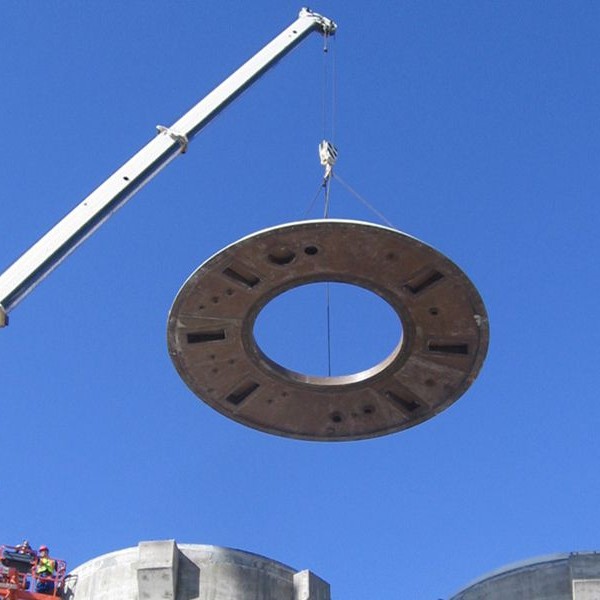
-
 Afrikaans
Afrikaans -
 Albanian
Albanian -
 Amharic
Amharic -
 Arabic
Arabic -
 Armenian
Armenian -
 Azerbaijani
Azerbaijani -
 Basque
Basque -
 Belarusian
Belarusian -
 Bengali
Bengali -
 Bosnian
Bosnian -
 Bulgarian
Bulgarian -
 Catalan
Catalan -
 Cebuano
Cebuano -
 China
China -
 China (Taiwan)
China (Taiwan) -
 Corsican
Corsican -
 Croatian
Croatian -
 Czech
Czech -
 Danish
Danish -
 Dutch
Dutch -
 English
English -
 Esperanto
Esperanto -
 Estonian
Estonian -
 Finnish
Finnish -
 French
French -
 Frisian
Frisian -
 Galician
Galician -
 Georgian
Georgian -
 German
German -
 Greek
Greek -
 Gujarati
Gujarati -
 Haitian Creole
Haitian Creole -
 hausa
hausa -
 hawaiian
hawaiian -
 Hebrew
Hebrew -
 Hindi
Hindi -
 Miao
Miao -
 Hungarian
Hungarian -
 Icelandic
Icelandic -
 igbo
igbo -
 Indonesian
Indonesian -
 irish
irish -
 Italian
Italian -
 Japanese
Japanese -
 Javanese
Javanese -
 Kannada
Kannada -
 kazakh
kazakh -
 Khmer
Khmer -
 Rwandese
Rwandese -
 Korean
Korean -
 Kurdish
Kurdish -
 Kyrgyz
Kyrgyz -
 Lao
Lao -
 Latin
Latin -
 Latvian
Latvian -
 Lithuanian
Lithuanian -
 Luxembourgish
Luxembourgish -
 Macedonian
Macedonian -
 Malgashi
Malgashi -
 Malay
Malay -
 Malayalam
Malayalam -
 Maltese
Maltese -
 Maori
Maori -
 Marathi
Marathi -
 Mongolian
Mongolian -
 Myanmar
Myanmar -
 Nepali
Nepali -
 Norwegian
Norwegian -
 Norwegian
Norwegian -
 Occitan
Occitan -
 Pashto
Pashto -
 Persian
Persian -
 Polish
Polish -
 Portuguese
Portuguese -
 Punjabi
Punjabi -
 Romanian
Romanian -
 Russian
Russian -
 Samoan
Samoan -
 Scottish Gaelic
Scottish Gaelic -
 Serbian
Serbian -
 Sesotho
Sesotho -
 Shona
Shona -
 Sindhi
Sindhi -
 Sinhala
Sinhala -
 Slovak
Slovak -
 Slovenian
Slovenian -
 Somali
Somali -
 Spanish
Spanish -
 Sundanese
Sundanese -
 Swahili
Swahili -
 Swedish
Swedish -
 Tagalog
Tagalog -
 Tajik
Tajik -
 Tamil
Tamil -
 Tatar
Tatar -
 Telugu
Telugu -
 Thai
Thai -
 Turkish
Turkish -
 Turkmen
Turkmen -
 Ukrainian
Ukrainian -
 Urdu
Urdu -
 Uighur
Uighur -
 Uzbek
Uzbek -
 Vietnamese
Vietnamese -
 Welsh
Welsh -
 Bantu
Bantu -
 Yiddish
Yiddish -
 Yoruba
Yoruba -
 Zulu
Zulu
frp sheet
Understanding FRP Sheets An Overview
Fiber Reinforced Polymer (FRP) sheets are a revolutionary material that has found applications across various industries due to their impressive strength-to-weight ratio, corrosion resistance, and versatility. Made by combining fibers, such as glass, carbon, or aramid, with a polymer matrix, FRP sheets are engineered to meet specific performance requirements. This article delves into the characteristics, benefits, applications, and future of FRP sheets.
Characteristics of FRP Sheets
FRP sheets are known for their light weight and high tensile strength. The embedded fibers provide reinforcement, making them vastly superior to traditional materials like steel and concrete in specific applications. In addition to their mechanical properties, FRP sheets exhibit excellent resistance to corrosion, chemical exposure, and UV radiation. This makes them particularly suitable for use in harsh environments, such as chemical processing plants and coastal areas.
Moreover, the versatility of FRP sheets allows manufacturers to customize the properties according to the intended application. For instance, the type and orientation of the reinforcing fibers can be altered to enhance strength in particular directions, while the choice of polymer matrix can affect thermal stability and impact resistance.
Benefits of FRP Sheets
One of the most significant advantages of FRP sheets is their weight reduction compared to conventional materials. This characteristic can lead to lower transportation costs, easier handling, and faster installation. In construction, using lighter materials can also reduce the load on support structures, resulting in potential cost savings and material efficiency.
Additionally, FRP sheets require minimal maintenance due to their resistance to environmental degradation. Unlike metals that may rust or corrode over time, FRP materials maintain their structural integrity and appearance, significantly lowering lifecycle costs.
Safety is another critical benefit. FRP materials are non-conductive, which makes them suitable for electrical installations. Furthermore, they are less likely to shatter or break under stress, reducing risks in applications like automotive or construction where safety is paramount.
frp sheet

Applications of FRP Sheets
The versatile nature of FRP sheets allows them to be used in a variety of applications. In the construction industry, they are employed for strengthening existing structures, such as bridges and buildings. By wrapping columns or beams with FRP sheets, engineers can enhance the load-carrying capacity without significant redesigns.
In the automotive sector, FRP sheets are used to create lightweight components that contribute to improved fuel efficiency and performance. Aerospace industries also take advantage of these materials for creating aircraft components that require high strength but low weight.
In addition, FRP sheets have applications in marine environments, such as for hulls and decks of ships, due to their resistance to saltwater and reduced risk of environmental damage. Electrical infrastructure benefits from FRP sheets as well, being used in poles, towers, and other elements where light weight and corrosion resistance are critical.
Future of FRP Sheets
As industries increasingly focus on sustainability, the demand for FRP sheets is expected to grow. Advances in manufacturing processes are leading to more eco-friendly production techniques and recyclable composites, enhancing their appeal in a world that prioritizes environmental impact.
Moreover, ongoing research into new fiber and resin materials promises to expand the capabilities of FRP sheets, potentially making them even more potent in challenging applications. As technology progresses, the role of FRP sheets in various sectors will likely become more prominent, cementing their place as a material of choice for the future.
In conclusion, FRP sheets are a groundbreaking solution that combines strength, durability, and versatility, making them suitable for a wide range of applications. As technology continues to evolve and industries seek more efficient and sustainable materials, the importance of FRP sheets will undoubtedly increase, paving the way for innovation across multiple fields.









